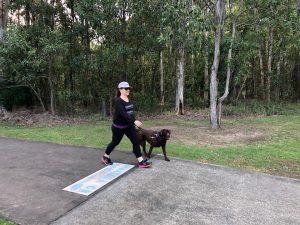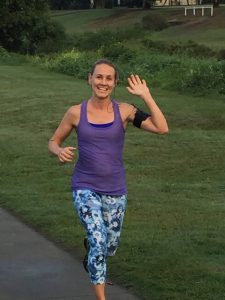Home exercise equipment + programs
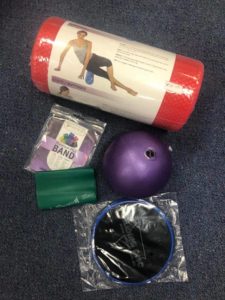 Do you want to exercise at home and need some equipment? We have full (long) rollers, short rollers, exercise balls, chi balls, sliders, exercise resistance bands (plus handles if needed), hand stress balls and exercise DVDs. We sell these!
Do you want to exercise at home and need some equipment? We have full (long) rollers, short rollers, exercise balls, chi balls, sliders, exercise resistance bands (plus handles if needed), hand stress balls and exercise DVDs. We sell these!
We also have home exercise packs available:
- Chi ball + exercise band + sliding disc – $30
- Short roller + Chi ball + exercise band + sliding disc – $50
- Long roller + Chi ball + exercise band + sliding disc – $75
The sliding disc is used to slide your foot along a carpeted or hard surface.
The chi ball adds an extra challenge or assistance to your exercise.
If you would like us to drop them off (and live near our practice at Stafford), we can do that for free.

We already have some information on great exercises on our facebook page (and our VIP facebook page for patients), the blog on our website and our instagram. There will be much more to come soon to help you keep exercising.
If you would like an exercise program to suit your personal requirements (particularly if you have a previous or current injury, chronic pain or a particular need), we will be starting online consultations (Telehealth) in the next few weeks. We can incorporate equipment you may already have at home, or help you choose which equipment to buy.
We are happy to have a short chat to you on the phone if you have any questions. Allyson Flanagan is also doing home visits for those well people who have to stay home.
INTERESTING FACT: In 1918 a terrible epidemic (Spanish Influenza) broke out worldwide, killing millions of people. Joseph Pilates (the founder of Pilates), who was German, was confined to an internment camp in England during the second world war. There were tens of thousands of deaths in England and the camps were particularly hard hit. Joseph Pilates had begun devising strengthening exercises with controlled breathing and mindful movement with equipment using springs to rehabilitate the incarcerated and bedridden with wartime diseases. None of the followers of Joseph Pilates’ exercises got the Spanish Flu!

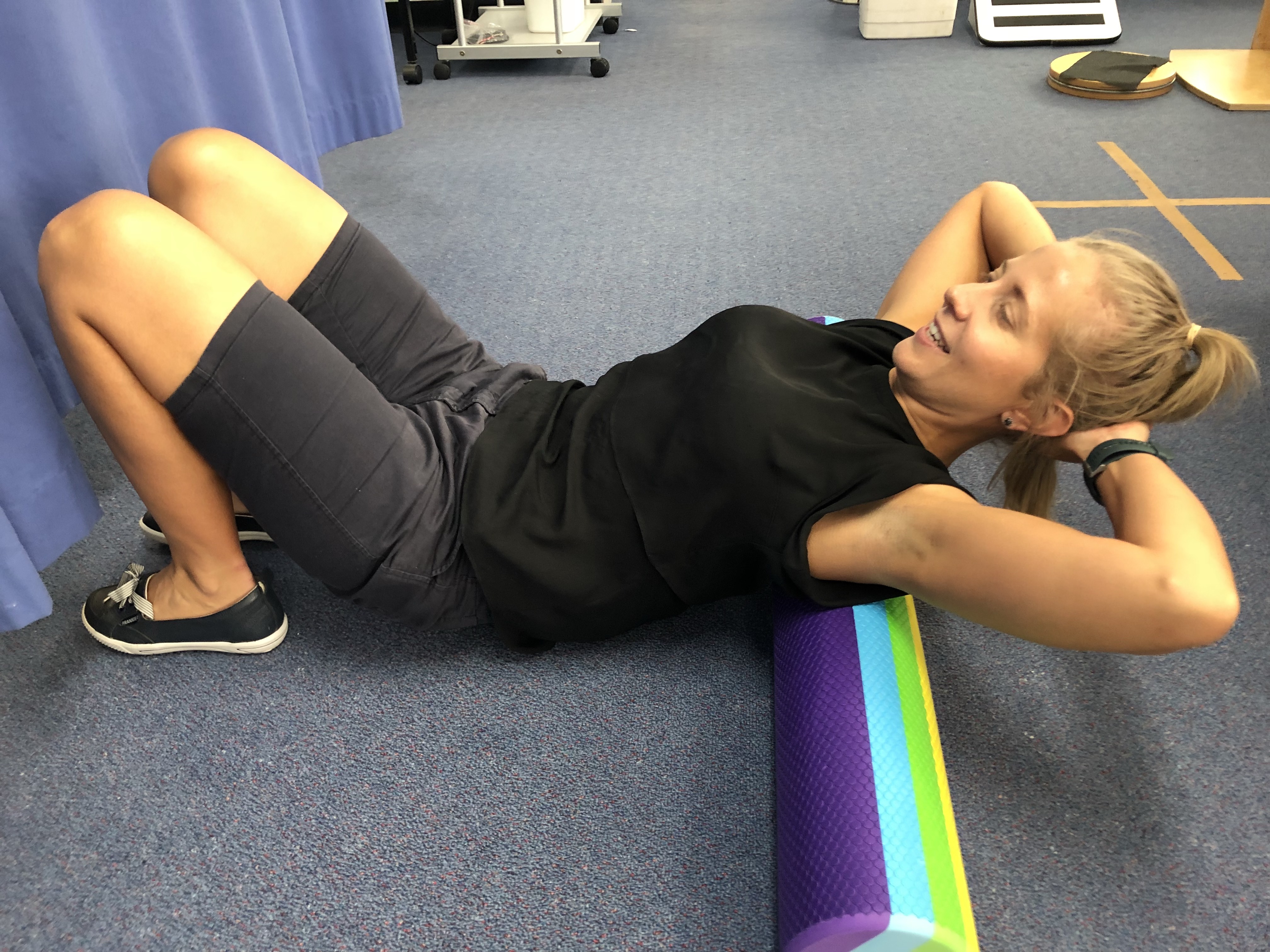
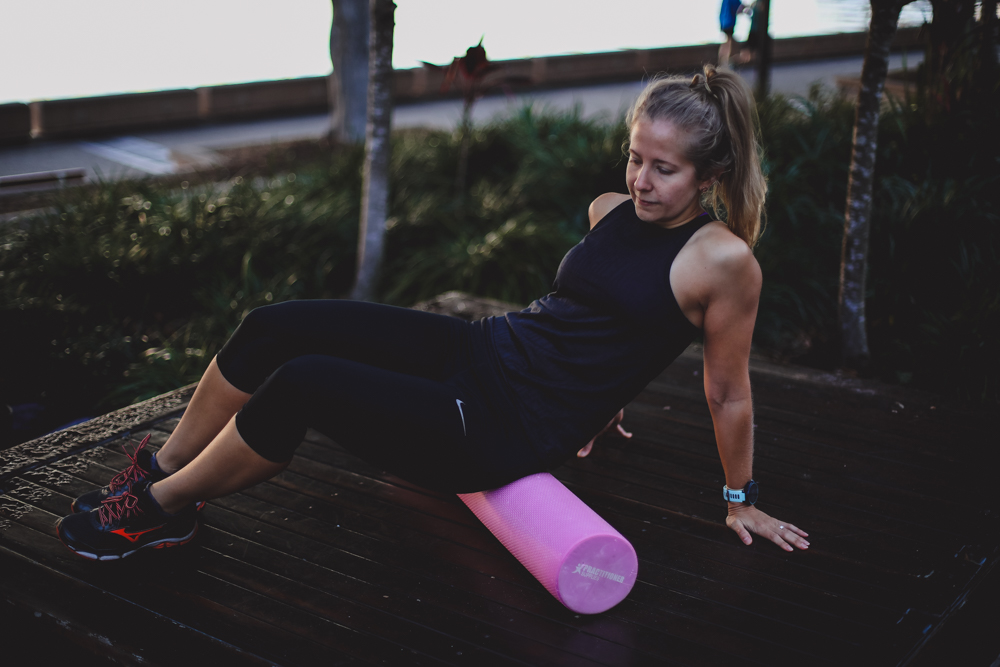


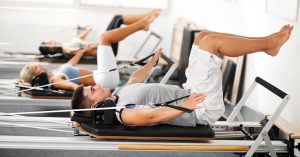
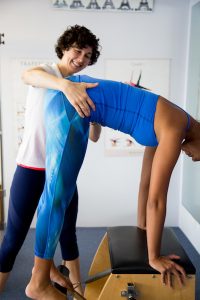 This package is designed for new
This package is designed for new 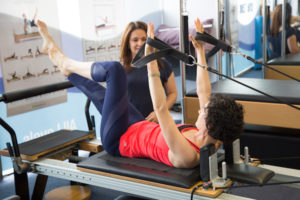 This package is designed for patients who have done Pilates or physiotherapy exercise sessions with us previously and would like to return. Perhaps you got busy, were on a budget or decided to try another type of exercise; there’s no judgement here and we’d love to see you back in the studio! This package includes:
This package is designed for patients who have done Pilates or physiotherapy exercise sessions with us previously and would like to return. Perhaps you got busy, were on a budget or decided to try another type of exercise; there’s no judgement here and we’d love to see you back in the studio! This package includes: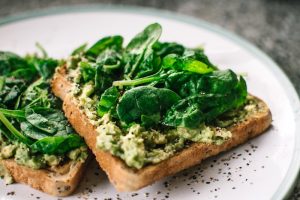 Your one-on-one consultation with our consulting dietitian
Your one-on-one consultation with our consulting dietitian 
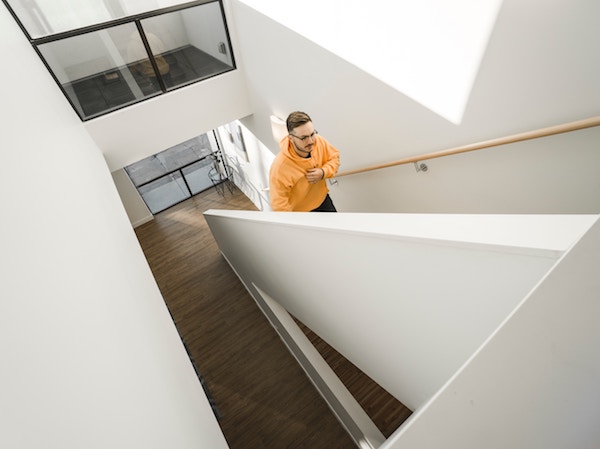 Take the stairs
Take the stairs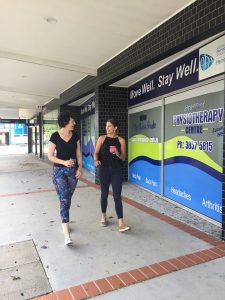
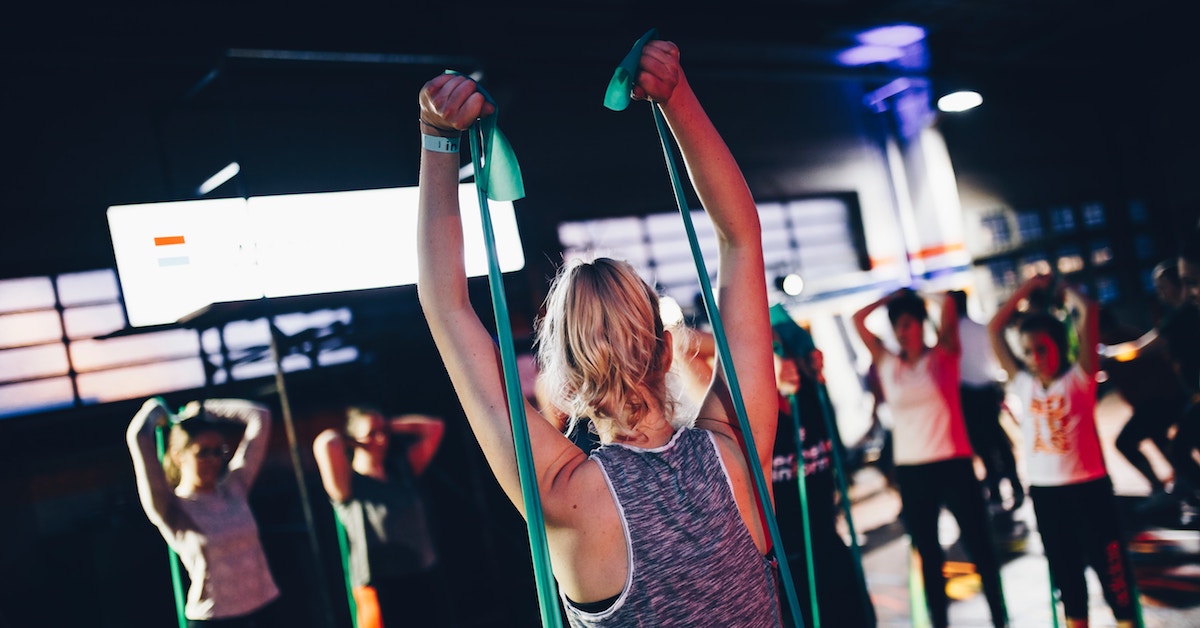
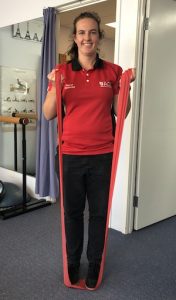 < Bicep curls
< Bicep curls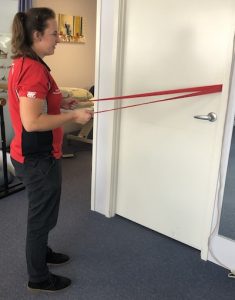
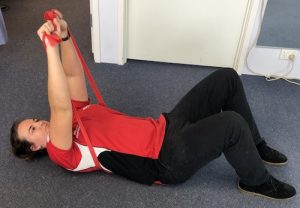
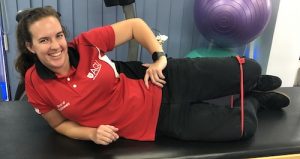
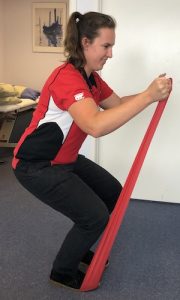
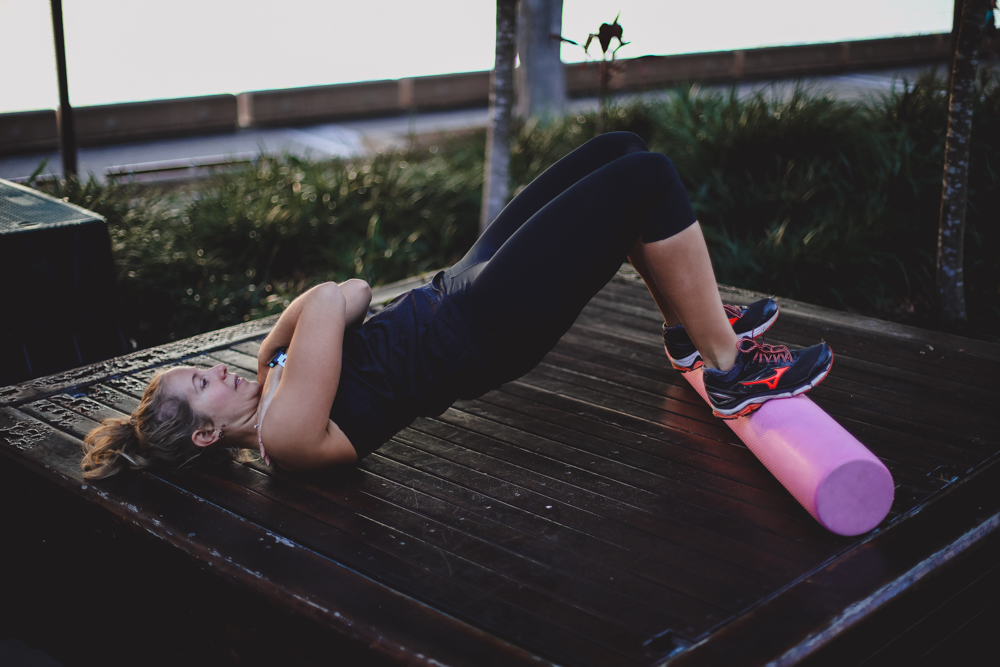
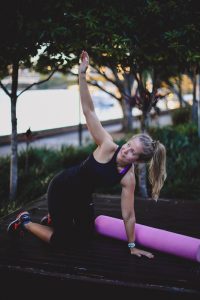
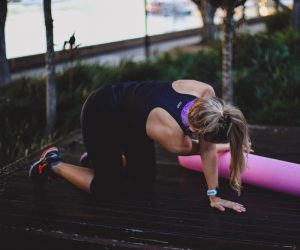
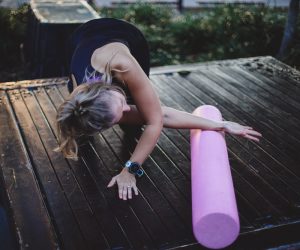
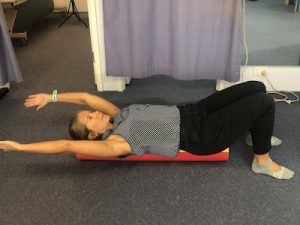
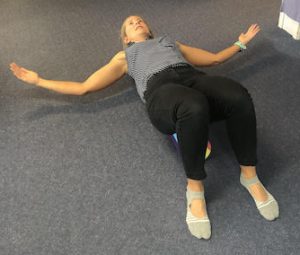
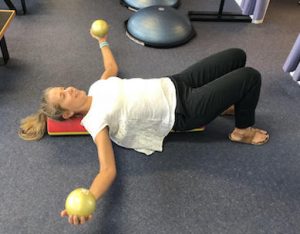
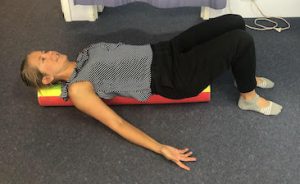
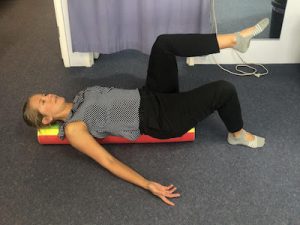
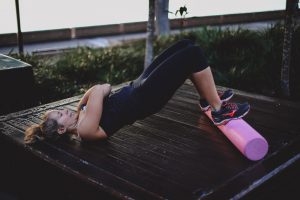
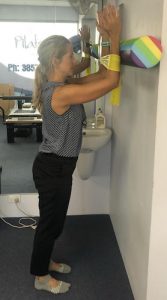
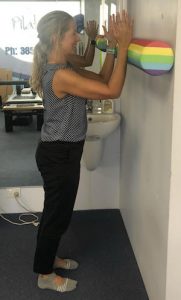
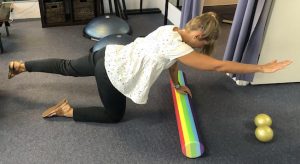
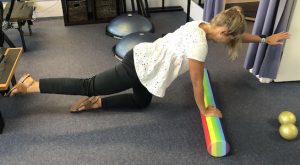
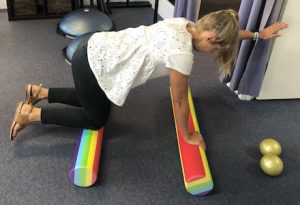
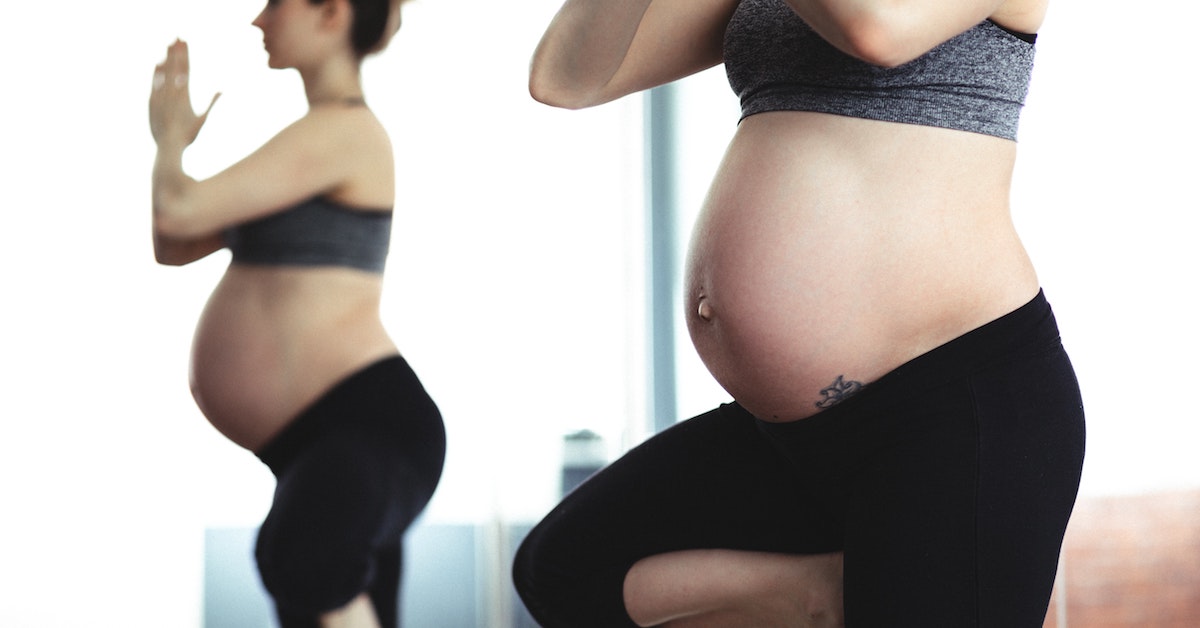
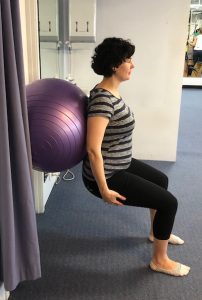 < Wall Squat
< Wall Squat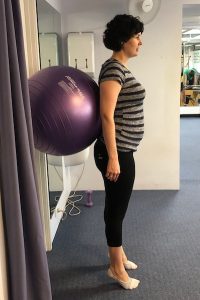
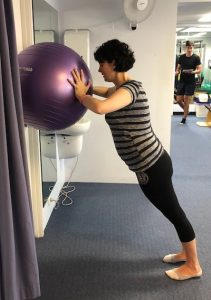 < Wall Push Ups (ball optional)
< Wall Push Ups (ball optional)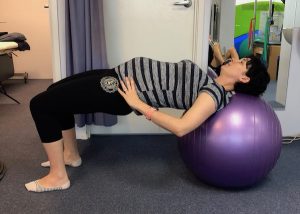 Bridges >
Bridges >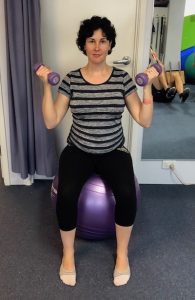 < Bicep Curls
< Bicep Curls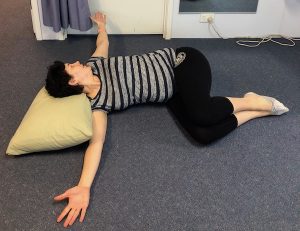 Side Arm Openings >
Side Arm Openings >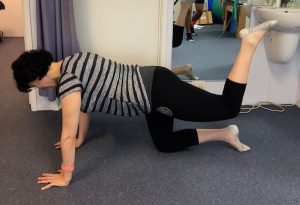
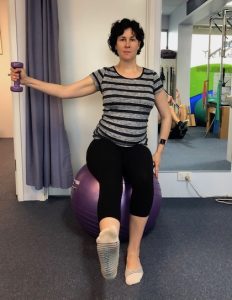
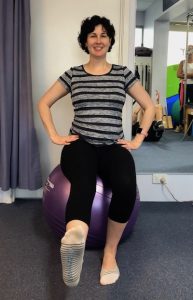 Sitting Balance: Leg and Arm Lifts >
Sitting Balance: Leg and Arm Lifts >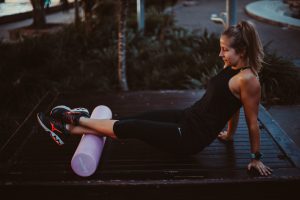
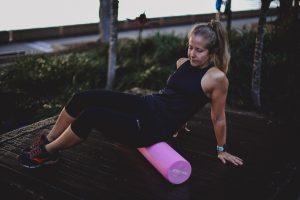 Glutes
Glutes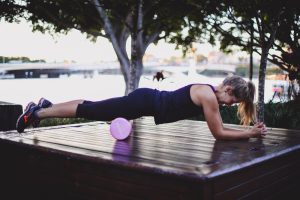 Quadriceps
Quadriceps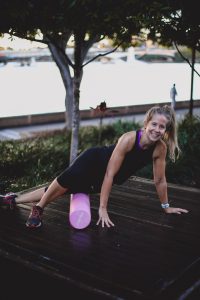 Iliotibial band
Iliotibial band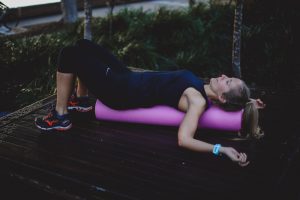 Pecs along the roller
Pecs along the roller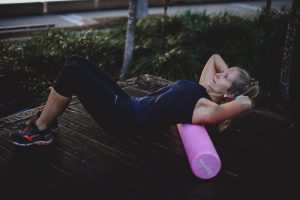 Thoracic spine extension
Thoracic spine extension